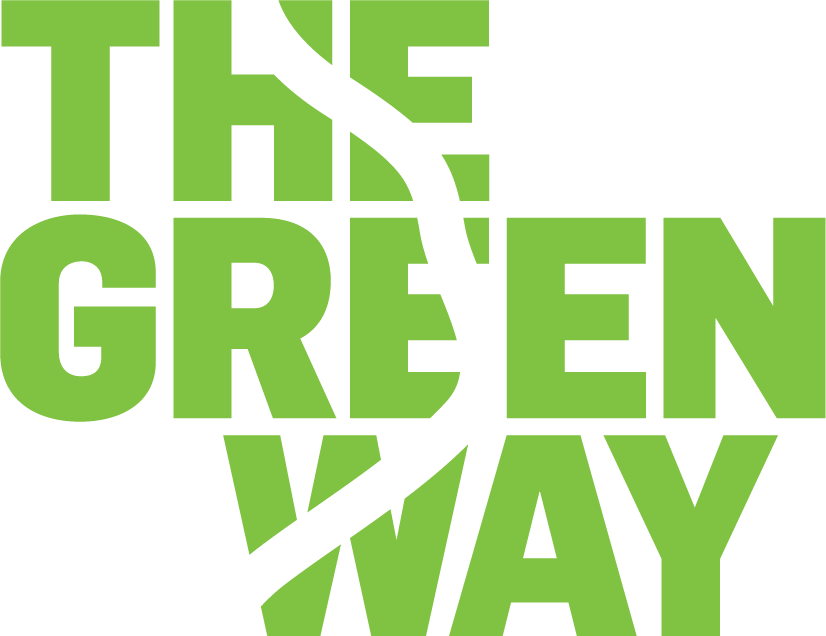Written by Darrah Cole, Senior Horticulturist and Designer
We invite you to explore The Greenway by discovering what’s in bloom along the 17 acres of our organically maintained lawns and gardens! The Greenway Conservancy has a dedicated group of volunteers who walk the park and record phenological observations every week. They are helping us (and you!) find the best, most exciting, and interesting plants – right now!
What is phenology? How does a bear know when it’s time to hibernate? Why do April showers bring May flowers? Plants and animals don’t have calendars or watches, but many of them take cues from the changing seasons. Phenology is the study of the timing of the biological events in plants and animals such as flowering, leaf unfolding, hibernation, insect emergence, and bird, fish, and mammal migration. Phenology is literally “the science of appearance”.
July is high summer in New England and it is the transition between late spring/early summer to SUMMER in capital letters. The equinox has passed and the days are shortening. While we hardly notice the difference, many plants are sensitive to day length, and the shortening days often trigger flowering and fruiting. Those plants that prefer cooler temperatures are resting and regrouping and using the warm months to store food & energy for next year’s growth. Many plants reaching their full bloom potential now have larger, bolder, more colorful flowers – perhaps competing with each other for attention from pollinating insects. You may notice the Wharf area is quieter than other gardens as our native plants bloom most in the spring and the fall when cooler temperatures allow for extended bloom times.
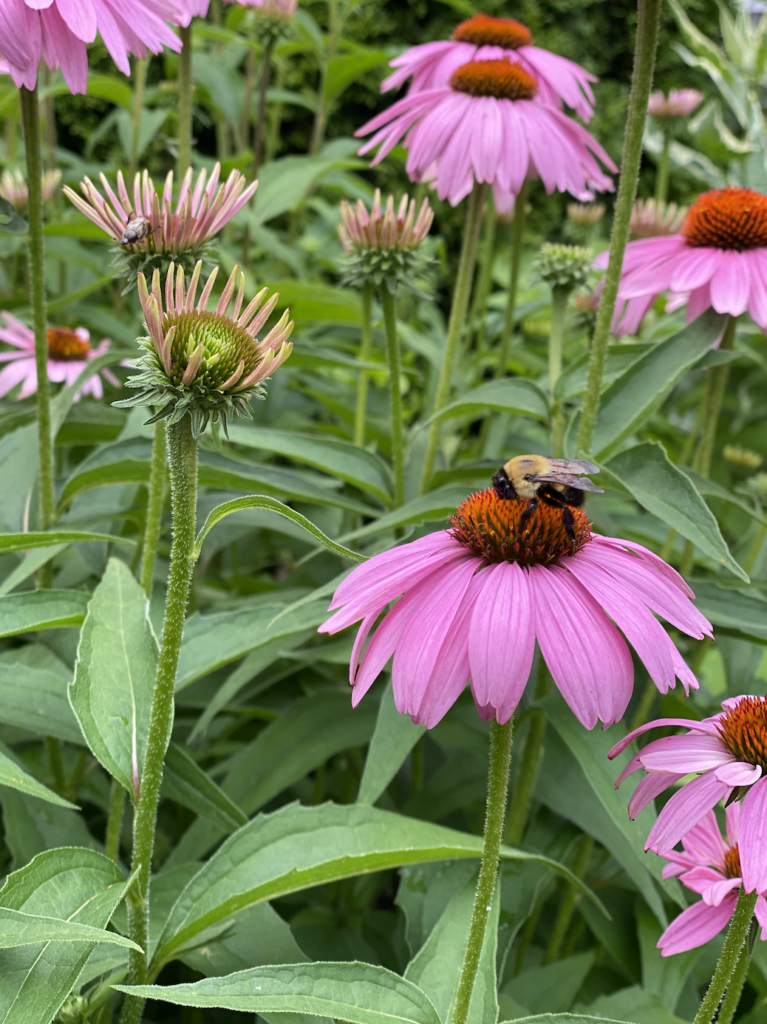
Echinacea pallida
Pale purple coneflower, a prairie perennial, is an excellent hub for pollinators mid summer. Birds and butterflies love echinacea flowers, and at any given time there is a buzzing in and around these summer favorites. The pollen is accessible in the tubular disk flowers forming the center, or cone, with the narrow strap-shaped petals drooping downward from the flowers. They are a long blooming wildflower that complements all spaces, from a vast meadow to a backyard garden. In addition to this midwestern native species, there are many selected varieties of the sturdy, bright-colored cultivars of Echinacea purpurea on The Greenway.
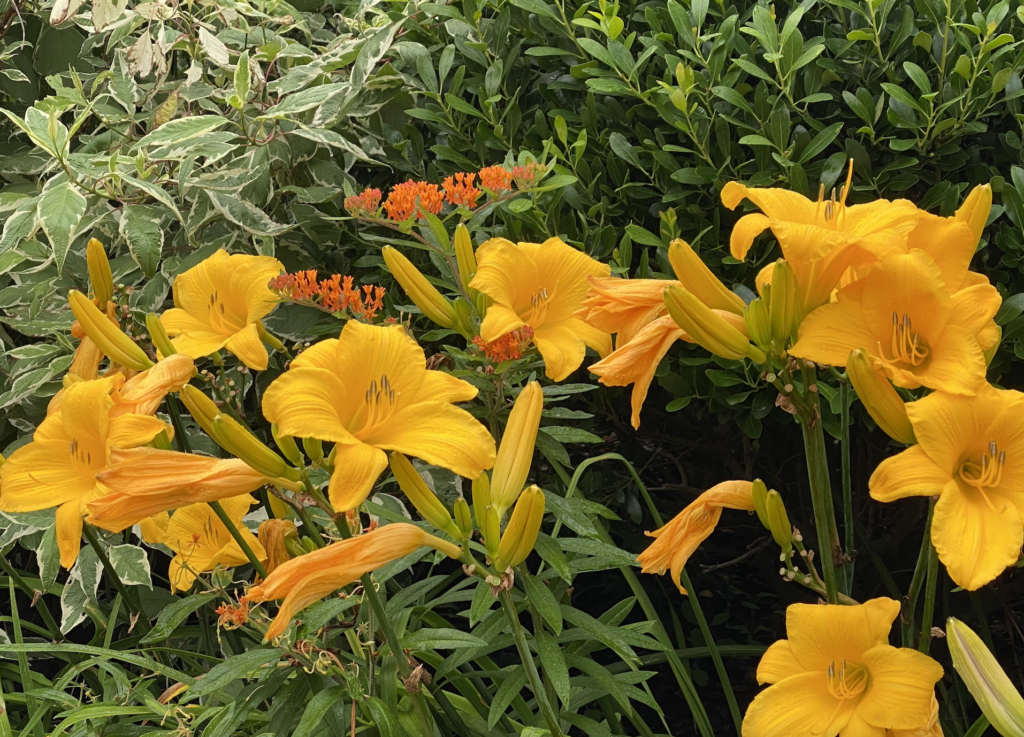
Hemerocallis
The common daylily can be seen along roadsides and abandoned homesteads throughout New England. While these daylilies now grow “wild” in New England they are not native plants to North America – originating in eastern Asia. The cultivated and selected hybrid varieties, bred by horticulture enthusiasts for many years, offer a wide variety of colors, sizes, and extended bloom times. The early varieties are at their peak now, while later ones will follow soon, extending the bold show into August. The Greenway has over 20 cultivars planted throughout the park including some of my favorites like “Buttered Popcorn” and “Jet Fire”.
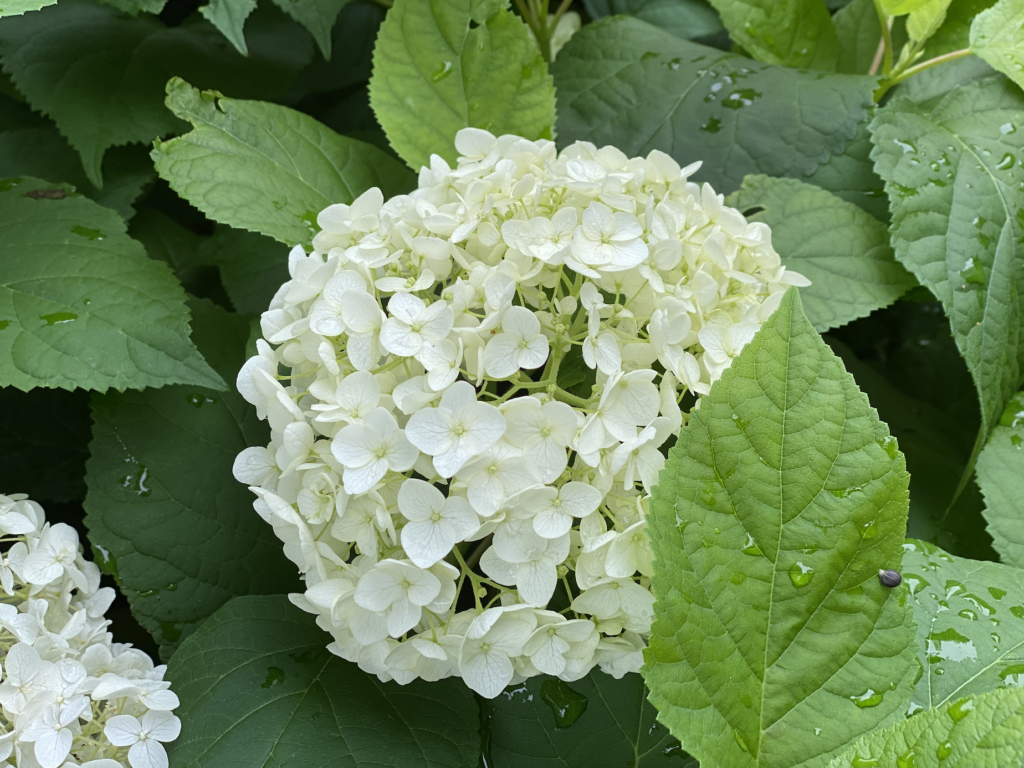
Hydrangea arborescens
You can find smooth hydrangea, Hydrangea quercifolia, and oakleaf hydrangea, both native to North America, and nonnative Hydrangea paniculata on The Greenway. Hydrangea is a large genus with over 75 species native to Asia, Central America, and North America. The Greenway hosts at least 4 species, and numerous cultivars. The Arborescens, widely known as “Annabelle”, is a thin stemmed version with a clean, white, rounded ball of a flower. Emerging with a pale green cast it matures to white, fading to light tan as it ages. The oakleaf hydrangea has a rustic, coarser look with peeling bark, and ornamental lobed leaves – thus the name Oakleaf hydrangea. This shrub thrives in light shade and the leaves take on rich mahogany to red coloration in the fall.
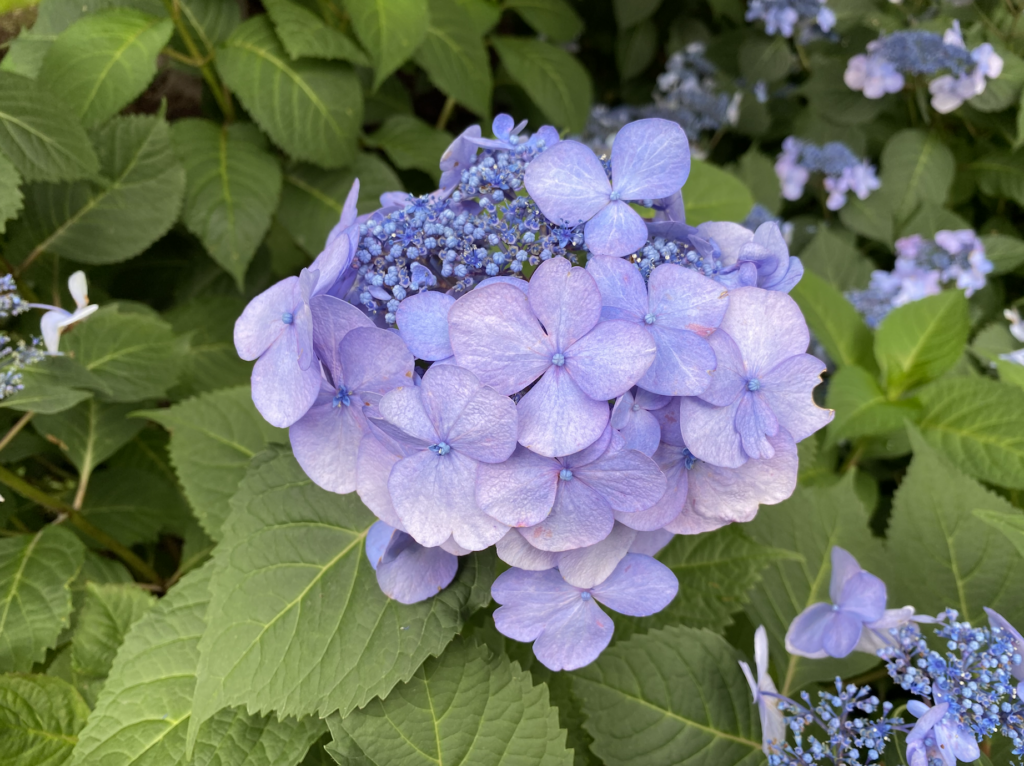
The Greenway hosts a number of cultivars of Hydrangea paniculata including the popular “Pinkie Winkie”, and a variety of lace-cap Hydrangea macrophylla. One of my favorites this week is the re-blooming “Twist and Shout” in a small garden bed adjacent to 125 Summer Street.
Looking for more phenology? The data our volunteers collect is available to you all year round through the Greenway Interactive Bloom Tracker, letting visitors locate and learn more about flowering perennials across the park. Visitors can see which Greenway flowers are typically in bloom during any time of the year, in addition to names of and details about each species. Created in partnership with WorkReduce, this interactive map graphs more than 300,000 data points and over 800 varieties of plants.
